Sosen introduces its SSE-HH40-60K-P3EU model — a high-voltage system featuring simultaneous charging and ultra-fast response, designed to deliver efficiency, backup and autonomy amid potential blackouts and regulatory changes.
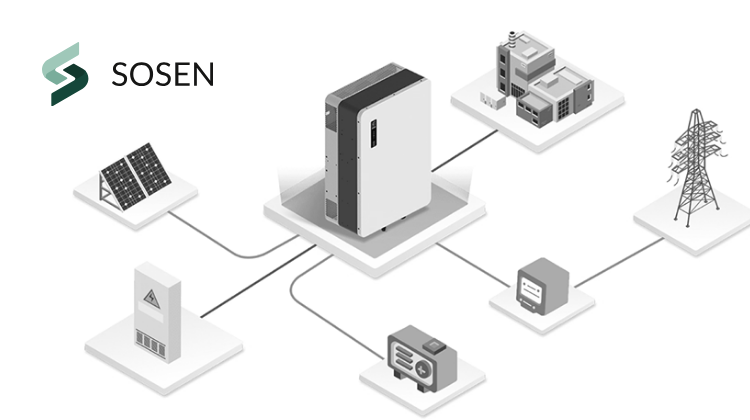











Sosen introduces its SSE-HH40-60K-P3EU model — a high-voltage system featuring simultaneous charging and ultra-fast response, designed to deliver efficiency, backup and autonomy amid potential blackouts and regulatory changes.
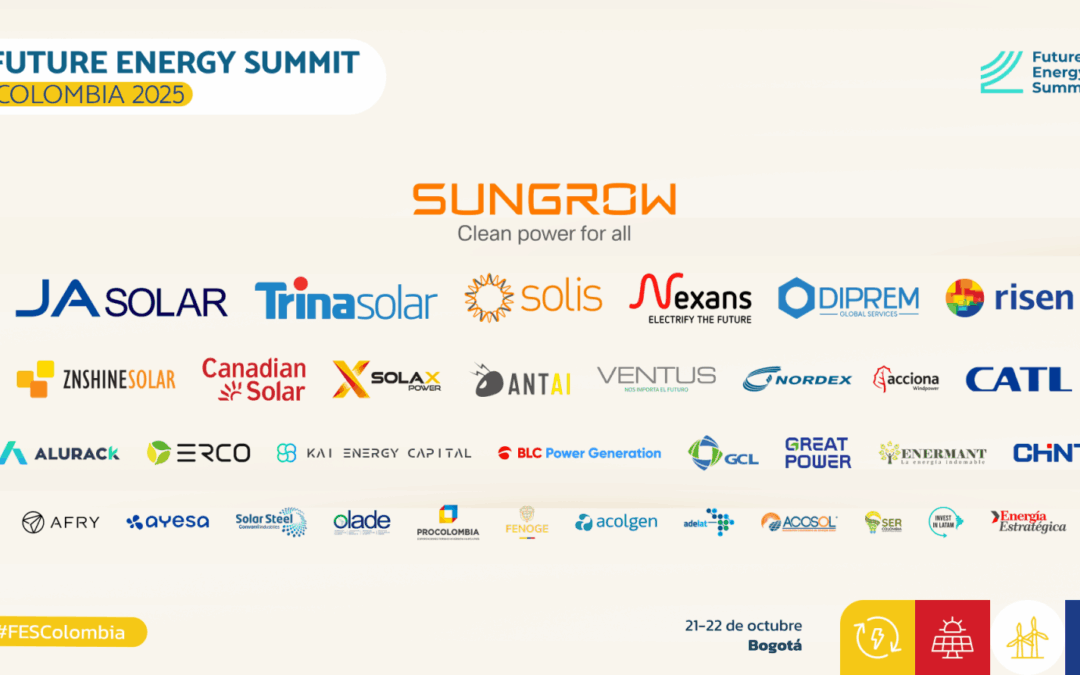
On October 21 and 22, the Hilton Hotel in Bogotá will host the Future Energy Summit (FES) Colombia, where public and private sector leaders will discuss the challenges and opportunities of the energy transition. In a context of regulatory changes and renewable energy expansion, the event will bring together authorities, investors, companies, and international organizations in a space that promises to define the new regional energy agenda.
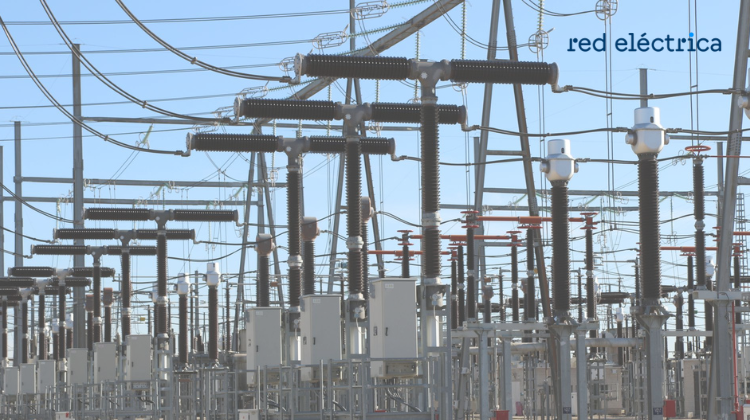
Around 85% of Spain’s electrical nodes can no longer admit new demand. While the photovoltaic market faces negative prices and excess capacity, developers are redirecting their projects towards data centres and energy storage.
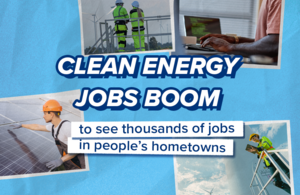
The British Government publishes first ever national plan to recruit workers needed for clean energy mission, with over 400,000 extra jobs by 2030.

Achieving these goals would require doubling the annual rate of renewable energy installation, which stood at 56 GW in 2024, and tripling the installed energy storage capacity by 2040, according to European Commission calculations.

At the sector’s annual congress, the 12th Solar Forum, UNEF Director General José Donoso highlighted the significant reindustrialization opportunity that photovoltaic energy represents for the country, stating that “there is 70 GW of demand, attracted by the low energy prices offered by photovoltaics in Spain.” Redeia President Beatriz Corredor emphasized that “we are working as quickly as possible to implement the new OP 7.4, for which we began permitting last week.”

The Spanish electricity sector warns that the CNMC’s new regulatory proposal, despite certain improvements, continues to hinder the investments needed to electrify demand and meet decarbonization goals. Aelēc denounces inconsistencies between the CNMC and the Ministry for Ecological Transition, inadequate financial limits, and a cut in OPEX that jeopardizes the quality of supply and the viability of the model.
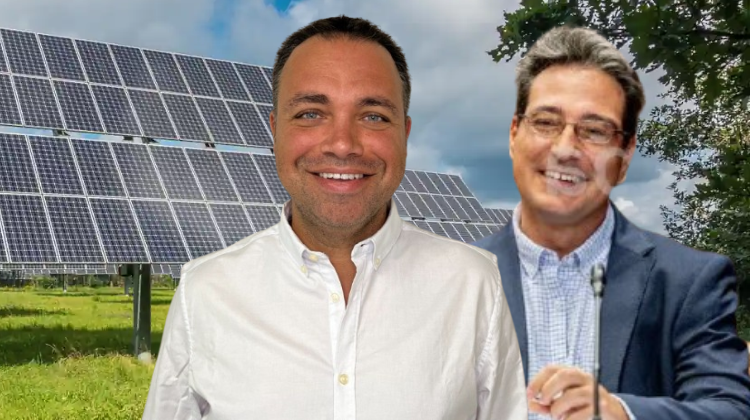
The reform of Royal Decree 413/2014 provides relief for special-regime plants, removes barriers to battery integration, and redefines dispatch priority — generating positive expectations within the sector, albeit with nuances regarding its industrial impact.
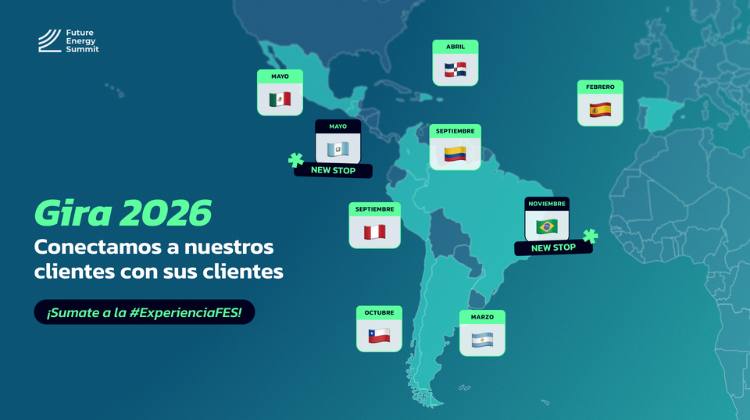
The next year of Future Energy Summit will consolidate its presence in key markets in Europe and Latin America with an international agenda that promotes strategic alliances, technological innovation and regional cooperation to accelerate the energy transition.
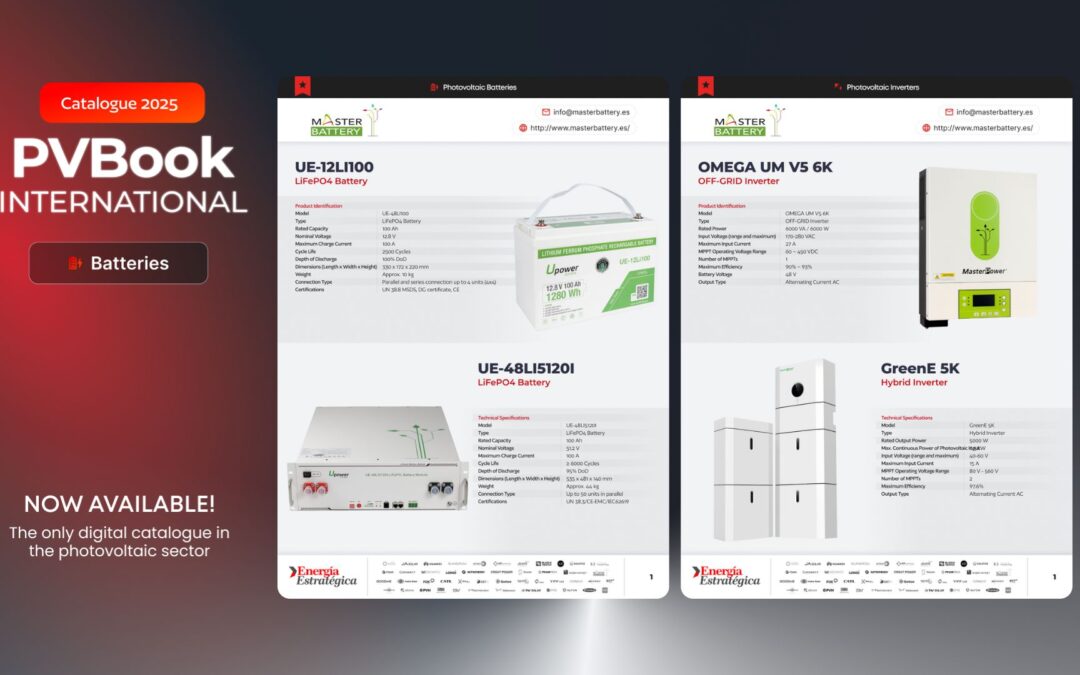
With its own engineering and global presence, the Spanish firm stands out in the international catalog developed by Energía Estragica with a proposal that combines hybrid inverters, LiFePO4 batteries, and scalable solutions aimed at solar projects, microgrids, and BESS system integration.
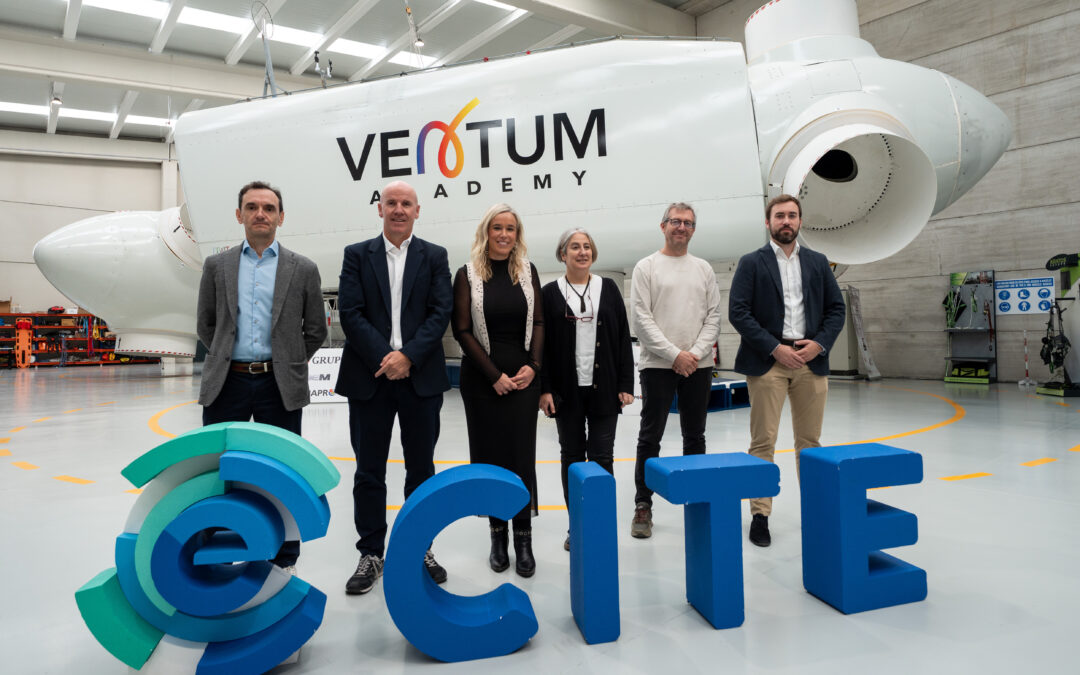
The Minister of Industry and Tourism, Jordi Hereu, will participate in the institutional opening of this biennial event, organized by Enercluster with the special collaboration of the Government of Navarre. For this edition, a program has been prepared with national and international experts in wind, solar, storage, and green hydrogen, who will convene on October 23 at the Baluarte Conference Center in Pamplona.
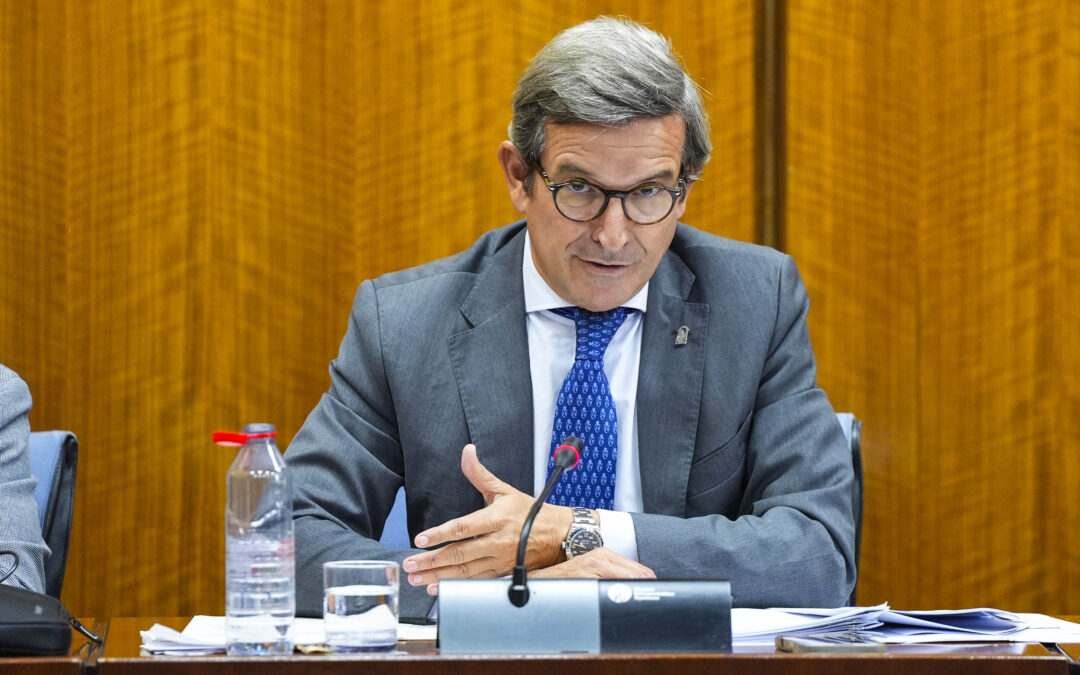
The Minister of Industry, Energy, and Mines, Jorge Paradela, points out that this is an “essential” investment and that the Regional Government will not accept this “injustice.”

The paper calls for a comprehensive strategy to strengthen Europe’s energy resilience that moves beyond fossil fuel supply and builds energy security on solar, storage, flexibility and electrification.

New global progress report flags bottlenecks in investment, grids and supply chains, urging governments for bolder renewable targets before COP30.
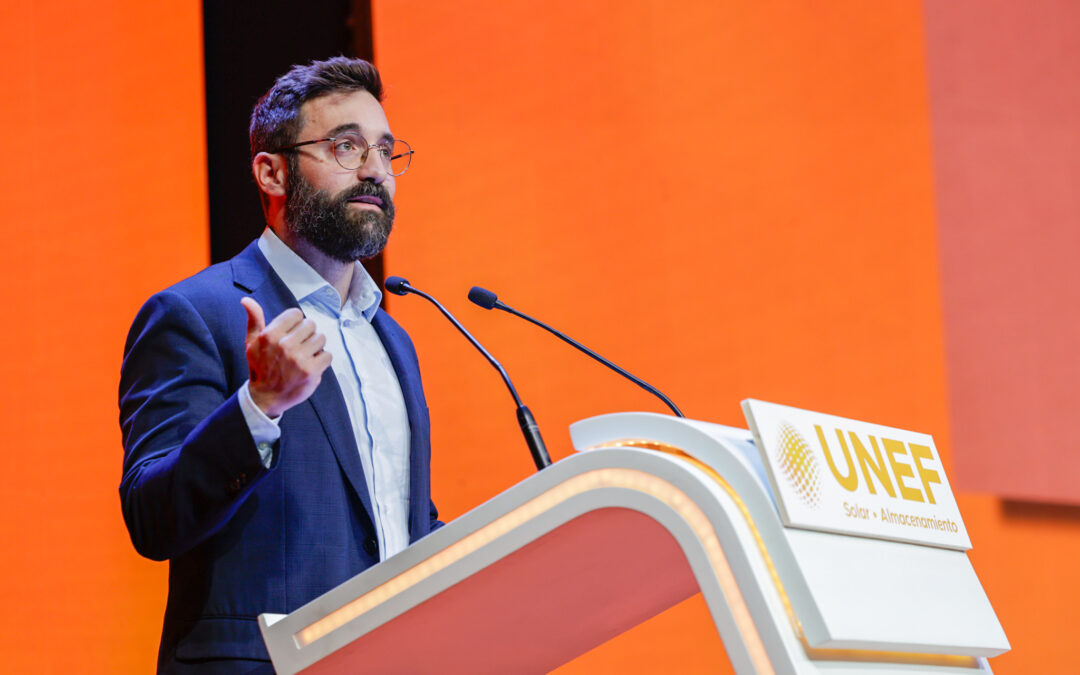
“The commitment to renewables is a commitment to industry,” emphasized Joan Groizard, Secretary of State for Energy, at the opening of the meeting. The panel discussion of energy company CEOs highlighted photovoltaics as a vehicle for geopolitical security in Spain and Europe.
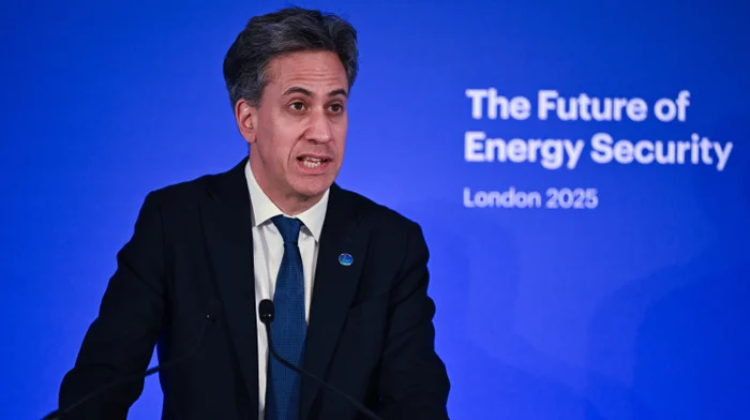
The United Kingdom is accelerating its energy transition and seeking to strengthen a public–private alliance to ensure independence, green jobs, and stable energy prices.

A joint report by IRENA, the COP30 Presidency, and the Global Renewables Alliance reveals that while 582 GW of new renewable capacity were installed in 2024 — a record figure — this growth remains insufficient to meet the goal of tripling global renewables by 2030. The world must now expand capacity by 1,122 GW annually from 2025 onwards, supported by major investments in grids, storage, and energy efficiency.

Energía Estratégica has launched a new specialised website that will offer analysis, data and perspectives on the battery market, positioning itself as a key source of information for executives, developers and all stakeholders within the energy-storage value chain.

Next week, business leaders, authorities, and international experts will gather to debate technology, regulation, financing, and innovation, with the participation of companies such as Sungrow, JA Solar, Trina Solar, Solis, DIPREM, Nordex, and more.

MITECO opens consultation to define how Spain will adapt its electricity market to the new European directive, aimed at protecting consumers, strengthening stability and increasing competition in the power system.

Electricity prices rose across Europe in mid-October as demand, gas and CO₂ costs increased, while lower solar and wind output in several markets further pushed rates above €75/MWh, with some exceeding €100/MWh.


Sosen introduces its SSE-HH40-60K-P3EU model — a high-voltage system featuring simultaneous charging and ultra-fast response, designed to deliver efficiency, backup and autonomy amid potential blackouts and regulatory changes.

On October 21 and 22, the Hilton Hotel in Bogotá will host the Future Energy Summit (FES) Colombia, where public and private sector leaders will discuss the challenges and opportunities of the energy transition. In a context of regulatory changes and renewable energy expansion, the event will bring together authorities, investors, companies, and international organizations in a space that promises to define the new regional energy agenda.

Around 85% of Spain’s electrical nodes can no longer admit new demand. While the photovoltaic market faces negative prices and excess capacity, developers are redirecting their projects towards data centres and energy storage.

The British Government publishes first ever national plan to recruit workers needed for clean energy mission, with over 400,000 extra jobs by 2030.

Achieving these goals would require doubling the annual rate of renewable energy installation, which stood at 56 GW in 2024, and tripling the installed energy storage capacity by 2040, according to European Commission calculations.

At the sector’s annual congress, the 12th Solar Forum, UNEF Director General José Donoso highlighted the significant reindustrialization opportunity that photovoltaic energy represents for the country, stating that “there is 70 GW of demand, attracted by the low energy prices offered by photovoltaics in Spain.” Redeia President Beatriz Corredor emphasized that “we are working as quickly as possible to implement the new OP 7.4, for which we began permitting last week.”

The Spanish electricity sector warns that the CNMC’s new regulatory proposal, despite certain improvements, continues to hinder the investments needed to electrify demand and meet decarbonization goals. Aelēc denounces inconsistencies between the CNMC and the Ministry for Ecological Transition, inadequate financial limits, and a cut in OPEX that jeopardizes the quality of supply and the viability of the model.

The reform of Royal Decree 413/2014 provides relief for special-regime plants, removes barriers to battery integration, and redefines dispatch priority — generating positive expectations within the sector, albeit with nuances regarding its industrial impact.

The next year of Future Energy Summit will consolidate its presence in key markets in Europe and Latin America with an international agenda that promotes strategic alliances, technological innovation and regional cooperation to accelerate the energy transition.

With its own engineering and global presence, the Spanish firm stands out in the international catalog developed by Energía Estragica with a proposal that combines hybrid inverters, LiFePO4 batteries, and scalable solutions aimed at solar projects, microgrids, and BESS system integration.

The Minister of Industry and Tourism, Jordi Hereu, will participate in the institutional opening of this biennial event, organized by Enercluster with the special collaboration of the Government of Navarre. For this edition, a program has been prepared with national and international experts in wind, solar, storage, and green hydrogen, who will convene on October 23 at the Baluarte Conference Center in Pamplona.

The Minister of Industry, Energy, and Mines, Jorge Paradela, points out that this is an “essential” investment and that the Regional Government will not accept this “injustice.”

The paper calls for a comprehensive strategy to strengthen Europe’s energy resilience that moves beyond fossil fuel supply and builds energy security on solar, storage, flexibility and electrification.

New global progress report flags bottlenecks in investment, grids and supply chains, urging governments for bolder renewable targets before COP30.

“The commitment to renewables is a commitment to industry,” emphasized Joan Groizard, Secretary of State for Energy, at the opening of the meeting. The panel discussion of energy company CEOs highlighted photovoltaics as a vehicle for geopolitical security in Spain and Europe.

The United Kingdom is accelerating its energy transition and seeking to strengthen a public–private alliance to ensure independence, green jobs, and stable energy prices.

A joint report by IRENA, the COP30 Presidency, and the Global Renewables Alliance reveals that while 582 GW of new renewable capacity were installed in 2024 — a record figure — this growth remains insufficient to meet the goal of tripling global renewables by 2030. The world must now expand capacity by 1,122 GW annually from 2025 onwards, supported by major investments in grids, storage, and energy efficiency.

Energía Estratégica has launched a new specialised website that will offer analysis, data and perspectives on the battery market, positioning itself as a key source of information for executives, developers and all stakeholders within the energy-storage value chain.

Next week, business leaders, authorities, and international experts will gather to debate technology, regulation, financing, and innovation, with the participation of companies such as Sungrow, JA Solar, Trina Solar, Solis, DIPREM, Nordex, and more.

MITECO opens consultation to define how Spain will adapt its electricity market to the new European directive, aimed at protecting consumers, strengthening stability and increasing competition in the power system.

Electricity prices rose across Europe in mid-October as demand, gas and CO₂ costs increased, while lower solar and wind output in several markets further pushed rates above €75/MWh, with some exceeding €100/MWh.
Select the sector you
want to know more about

The fourth Future Energy Summit in Santiago will bring together former energy ministers and senior government officials from Chile, Argentina, Paraguay and Uruguay to discuss regulatory challenges, storage deployment and long-term energy transition strategies for the Southern Cone.

The country’s latest short-term electricity auction attracted administrative and financial bids from Colbún, Guacolda Energía, BTG Pactual, Enel Generación Chile, Evol Energy and Grenergy, aiming to supply regulated customers between 2027 and 2030.

The government aims to reactivate stalled electric-grid projects after a failed tender process, while advancing new auctions to address accelerating demand growth and the infrastructure needs foreseen in next year’s national energy planning.